
Alfajores, shortbread cookies fused together with dulce de leche, have long satisfied the South American sweet tooth. This version, enrobed in bittersweet chocolate and edged with toasted coconut, will seduce the most sophisticated palate. The recipe may seem long, but each section is straightforward and can be done ahead of time in stages. For simple preparation you will need a food processor fitted with a steel blade, a rolling pin, waxed paper, a two-inch round cookie cutter, and baking sheets. A trick for ensuring evenly rolled dough is to use bamboo skewers or wooden dowels, which are normally 1/8 inch thick, as gauges on either side of the dough. Place them alongside the dough, not wider than the rolling pin, and roll until the pin rests only on the skewers.
What are Alfajores?
Beneath the unconventional coating of chocolate and coconut lies a conventional, yet far from humdrum, shortbread cookie sandwiched with dulce de leche. You already know its name is alfajore, but in case you, too, were wondering how to say it, the pronunciation varies but typically tends to be alfa HOAR. It’s up to you whether you wish to go all crazy and indulge in an extra enrobing of chocolate—whether bittersweet or, for those who haven’t yet succumbed to the dark side, a mild milk chocolate. Either way, we think you’ll understand why everyone we know who’s encountered this little Latin American lovely has clamored for more.
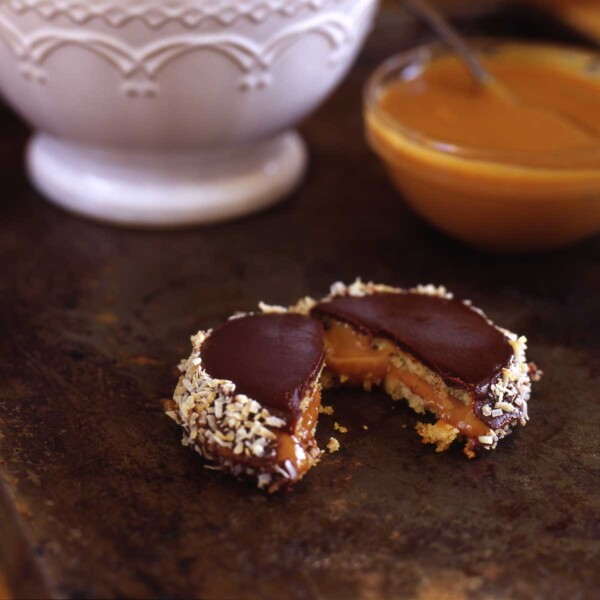
Alfajores ~ Dulce de Leche Cookies
Ingredients
For the dulce de leche
- 2 (14-ounce) cans sweetened condensed milk
- 1 teaspoon store-bought or homemade vanilla extract
- 2 tablespoons light rum
- Pinch kosher salt
For the cookies
- 1 cup granulated sugar
- 2 cups unbleached all-purpose flour
- 1 cup cornstarch
- 1/2 teaspoon baking powder
- 1/4 teaspoon kosher salt
- 3 ounces cream cheese, cut into 1/2-inch (12-mm) cubes and chilled in the freezer for 10 minutes
- 2 sticks (8 oz) unsalted butter, cut into 1/2-inch (12-mm) cubes and chilled in the freezer for 10 minutes
- 1 tablespoon store-bought or homemade vanilla extract
- 4 large egg yolks
For the chocolate glaze
- 2 sticks (8 oz) unsalted butter
- 8 ounces bittersweet chocolate, at least 70% cacao, finely chopped
- 2 tablespoons corn syrup
For the toasted coconut
- 1 cup sweetened, shredded coconut, finely chopped and toasted in a 375°F (190°C) oven on a baking sheet, stirring once, until golden, 8 to 10 minutes
Instructions
Make the dulce de leche
- Peel off the labels from the cans of sweetened condensed milk and open them, leaving the top resting on the milk. Wrap heavy foil over the top of each can, pushing down on the center of the foil and running fingers around the inner and outer rim of the can, so the can is sealed as tightly as possible. Place the cans in a three-quart sauce pan and fill the pan with hot tap water, leaving 1/2 inch of can above the waterline. Cover the sauce pan with a lid. Over high heat bring the water to a boil, reduce the heat to medium-low, and simmer for 3 hours. A little milk may spill into the water; don’t worry. What’s important is to maintain the water level by replacing it with hot tap water. The dulce de leche will look like a deep golden brown pudding thick enough for a fork to stand up in on its own.
- Carefully remove the cans from the pot and, when cool enough to handle, pour the dulce de leche into the bowl of a food processor fitted with a steel blade. Add the vanilla, rum, and salt and process until smooth. Transfer to a bowl and cool to room temperature. Cover with plastic wrap and refrigerate for at least 2 hours before using. (It thickens as it chills.) Keeps for 2 weeks.
Make the cookies
- In a food processor fitted with a steel blade, process the sugar for about 15 seconds to a fine powder. Add the flour, cornstarch, baking powder, and salt and run the motor for 15 seconds until well incorporated.
- Evenly scatter the cream cheese and butter cubes over the flour mixture, breaking up any pieces that have clumped together. Combine the dough with 15 one-second on/off pulses until the flour looks like coarse meal.
- In a small bowl beat the vanilla and the yolks. Pour them over the flour. Pulse with 10 one-second on/off turns, scrape down the sides, then process with the motor continuously running for about ten more seconds until the dough barely starts to come together and clings to the outer portion of the bowl, leaving the center clear. The dough will be dry and crumbly.
- Turn the dough out onto a lightly floured surface and push it together with your hands to form a ball. Do not knead. Divide the dough into thirds, pat each into a flat 5-inch disk, and wrap in plastic. Refrigerate for 30 minutes.
- Take one disk out of the refrigerator and roll it out between two sheets of lightly floured waxed paper to a long oval shape 1/8 inch thick. If the dough sticks to the paper and is difficult to roll out, remove the waxed paper from one side, lightly flour the dough, replace the waxed paper, flip over, lightly flour the other side, then continue rolling. Roll out the other disks in the same manner. Place the dough ovals in the refrigerator for at least 30 minutes, or up to 2 days, or in the freezer for three months.
- When you are ready to bake the alfajores, position the racks in the top third and bottom third of the oven and heat to 375°F (190°C). For best results, line ungreased baking sheets with parchment paper.
- Take one sheet of dough out of the refrigerator at a time, remove the waxed paper from one side of the dough, lightly flour it, and replace the waxed paper. Flip it over, peel off the other sheet, and cut the dough into as many 2-inch (5-cm) rounds as possible, reserving the scraps. Place the cookies on the baking sheets about 1/2 inch apart. Continue with the remaining dough in the same manner. Combine all the scraps once and repeat the same steps for rolling, cutting, and baking.
- Bake the cookies for 12 minutes, rotating the baking sheets halfway through baking time from front to back and top to bottom until the cookies have a golden edge and bottom. Let the cookies rest for 2 minutes on the baking sheet and then cool on wire racks. The cookies can be stored in an airtight plastic container at room temperature for 2 days or in the freezer for 3 months.
Make the chocolate glaze
- In a microwave melt the butter in a 1-quart bowl on high power for about 1 minute.
- Remove from the microwave and add the chocolate and corn syrup. Let stand for 1 minute; the heat from the butter should melt the chocolate. Then, stir until melted. If necessary, microwave on medium power for 20-second intervals.
Assemble the alfajores
- Line the baking sheets with waxed paper and place wire racks on the paper. Place half the cookies on the racks. Spoon a heaping teaspoon of dulce de leche onto the center of each cookie. Top with another cookie and press until secure and the filling is evenly distributed.
- Place an alfajore on a fork with long tines and hold it over the chocolate. Spoon a thin coating of the glaze over the cookie’s top and sides. (The bottom of the alfajore does not get coated with chocolate.) With the cookie still on it, gently tap the fork on the bowl rim several times and then pull it across the bowl rim so any excess chocolate drips back into the bowl. Place the coated alfajore on the rack. Repeat with the remaining cookies, making sure they don’t touch each other. Place in the refrigerator for 1 hour until firm.
- Place the toasted coconut in a shallow bowl. Set one alfajore at a time on the coconut and press the coconut only onto the alfajore’s sides, edging it with coconut and sealing in the dulce de leche. Be careful not to get fingerprints on the chocolate top. Alfajores keep in the refrigerator for 3 days or the freezer for 3 months.
Nutrition
Nutrition information is automatically calculated, so should only be used as an approximation.
Recipe Testers’ Reviews
My first memory of alfajores is from a trip to Uruguay with my parents in my early teens. I had one at my grandmother’s house and wondered how I could go back to the U.S. where these were all but unknown. We stuffed a few boxes in our suitcases for the trip home, and for years afterward the only way for us to get them was if someone we knew was traveling and could spare some luggage space for a box or two.
At first glance the recipe seems daunting. However, it’s really just a rolled cookie with a filling and a glaze. The reason it seems so long is the recipe is incredibly detailed and specific. The method for the dulce de leche was new to me, as I’ve always left the can sealed. This could cause quite a problem if the pan dries out (a mistake you only make once) but a Latin girl’s kitchen is never really christened until you have a dent in your ceiling from the explosion. As dulce de leche has become so readily available, the cookie wouldn’t suffer at all by using a store-bought product.
The cookie dough comes together easily in the food processor. The trick of using skewers to roll the dough evenly worked great. The cookies baked up perfectly and the glaze came together nicely. I assembled the cookies and glazed them as per the instructions and then immediately stuffed one in my mouth. They’re so delicious that I see myself making them for every family gathering.
I first tried alfajores nearly 10 years ago. A coworker’s mother was born in Peru and made a huge batch for Christmas. A few years later, an authentic Mexican restaurant opened in town that still makes some seriously delicious alfajores. And ever since trying the very first one, I wanted to make them myself but I had been fooled into thinking that they’re just too hard. Alfajores are quite time intensive but, fortunately, not too hard.
This recipe makes a lot of cookies. I divided them up and added chocolate to some, chocolate and coconut to others, and left a few naked. I prefer the naked ones but the chocolate dipped ones were also really good. I didn’t really care for the addition of coconut but I think it was just because I felt the cookies didn’t need it. The biscuit part is soft and crumbly and delicate. The dulce de leche is sweet, creamy, and a delicious counterpoint that holds those crumbles together.
I found all aspects of the recipe to be very accurate and easy to follow. I ended up with 3 dozen cookies but this was because I wasted quite a few that were rolled too thin and burned. I mean, they weren’t wasted—we still ate them. In all, I am so pleased that I finally tried making alfajores. This recipe is simple enough, as long as you plan ahead. The only thing I would do differently is making the dulce de leche. I followed the directions here but found that I prefer my own method. I empty the cans into a Mason jar and seal tightly and then simmer until it caramelizes to the color I want. No leaking and perfect timing.
These cookies are divine! While they really take about 3 days to prepare, they’re worth it! If you love someone, these cookies are a great way to let them know. The buttery cookie is so easy to prepare and is delicious on its own with the gooey caramel, and the dark chocolate is just so good. I kept about a dozen of them in the house and brought the rest to my office. Needless to say, I am very popular this Monday morning.
I did it over a weekend. The cookies are super easy to prepare and the instructions were very clear. Two cans of sweetened condensed milk gave me WAY more caramel than needed to fill the cookies. I am going to fill a tart with the remaining caramel. There was also considerably more chocolate glaze than needed for the recipe. Again I could have covered them with half the ingredients.
I didn’t really make this recipe. I just made the dulce de leche portion of it. The reason I chose the dulce de leche from this recipe is that I had used a tablespoon of sweetened condensed milk for another recipe, and had almost an entire can left over. Most other recipes for making dulce de leche in the can call for you to have a can that is still sealed. This one called for the can to be opened. I had already thrown away the top, so I just wrapped up the open can with aluminum foil and proceeded as directed. It worked perfectly.
I used a vanilla-flavored rum as opposed to vanilla and rum. Absolutely delicious. It’s nice to know that the trick of boiling a can sweetened condensed milk can also be adapted to an open can.
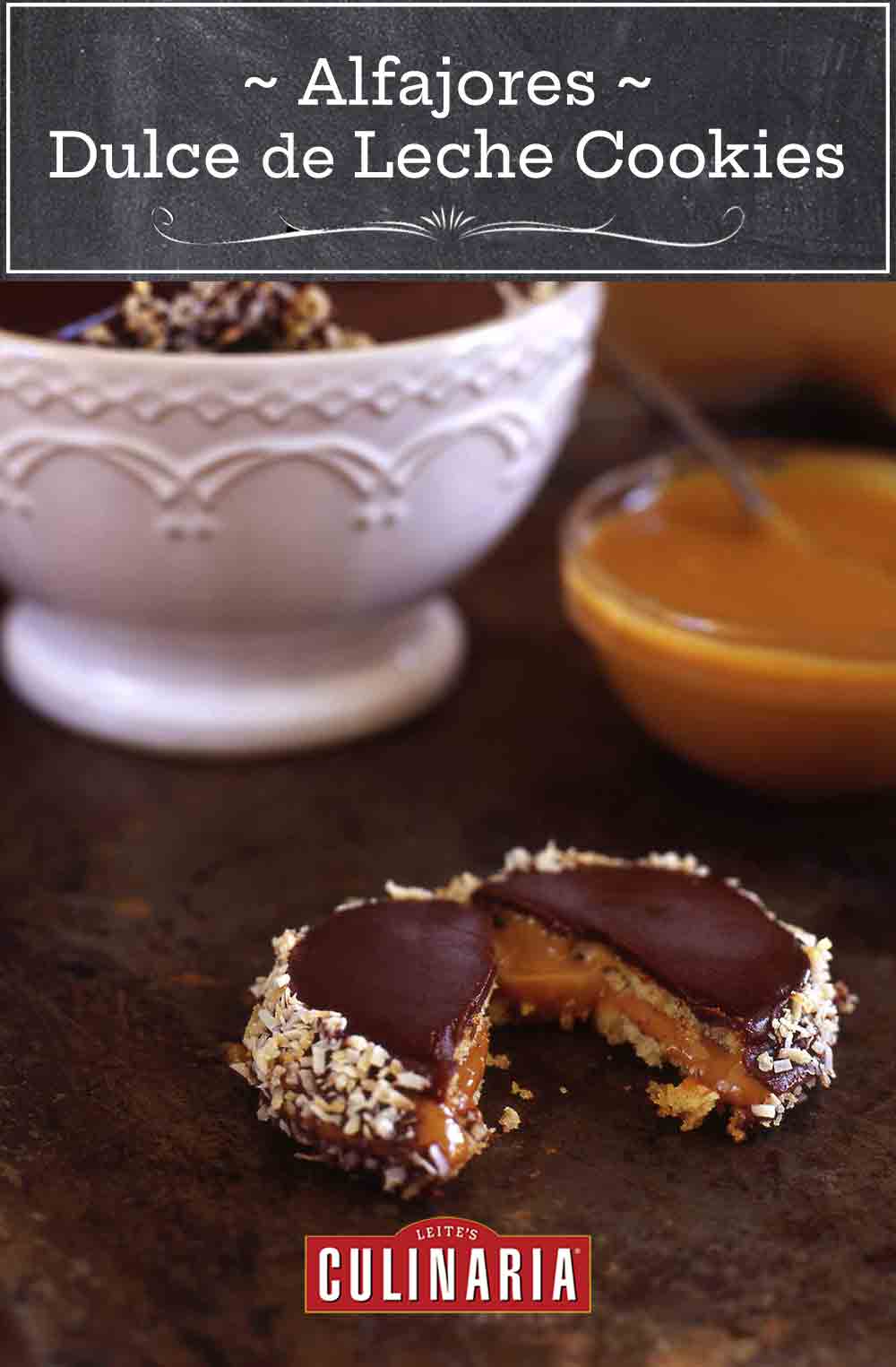



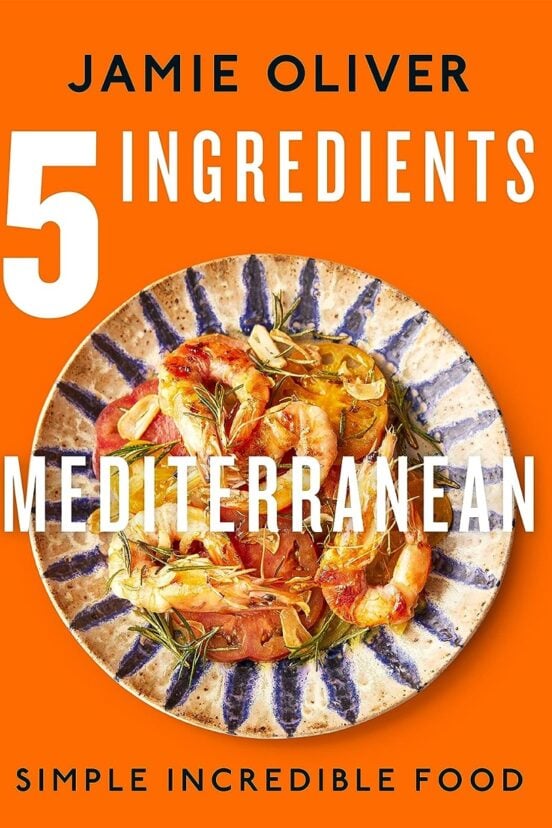
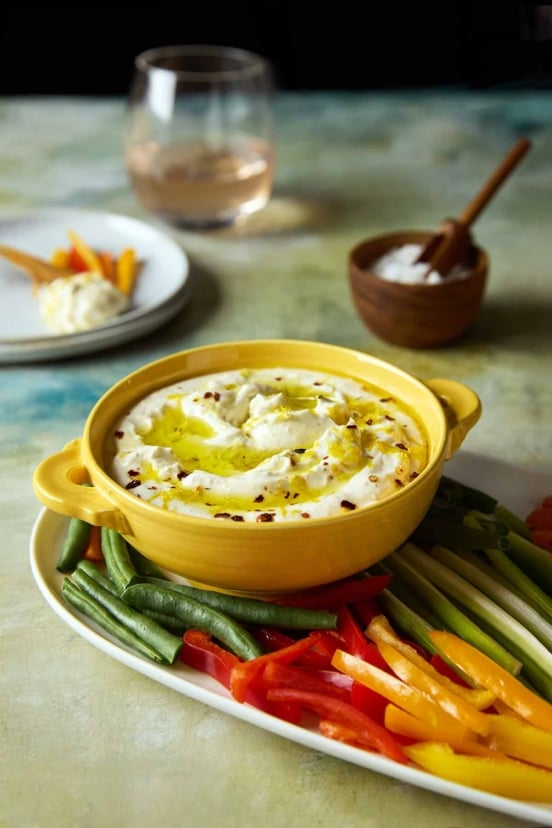
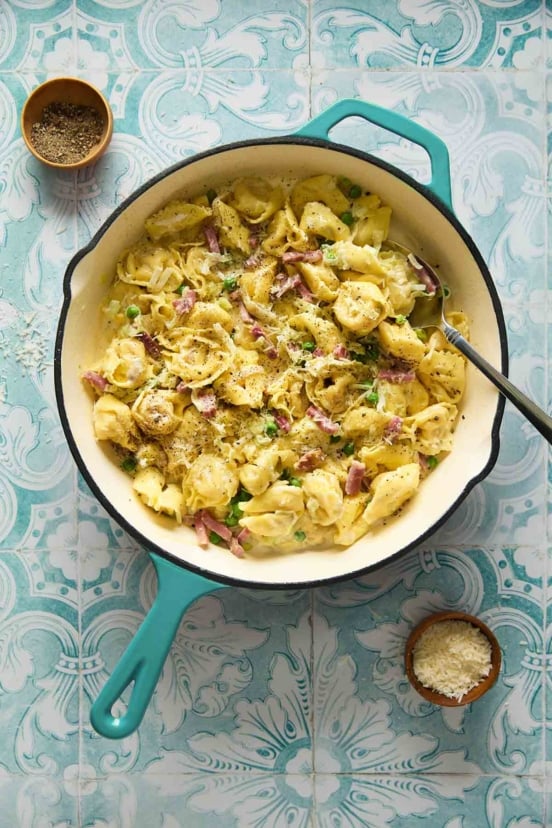









Wow. During high school I spent a year in Buenos Aires as an exchange student. I became addicted to alfajores! Every street vendor and corner market displayed them prominently, and they fit perfectly into a pocket for planned snacking. Now I can make them! This will be a great weekend project.
We can’t wait to hear how they turn out, Lisa!
YUM!! This looks and sounds delicious!! I will most definitely be making this recipe soon! I grew up in Chile, and alfajores were always my favorite treat!! Thanks for sharing.
You are very welcome, Dani. It’s easy to understand why alfajores were your favorite—and, I trust, still are your preferred cookie…?
OH yes!! Every time my grandma comes and visits, alfajores are always requested!
Lovely to hear it, Dani. Some traditions are sacrosanct.
Oh, YUM! Can I place an order for a dozen, maybe two? Or three? Delicious!
I would definitely ask for a bakers dozen, gemmifer!